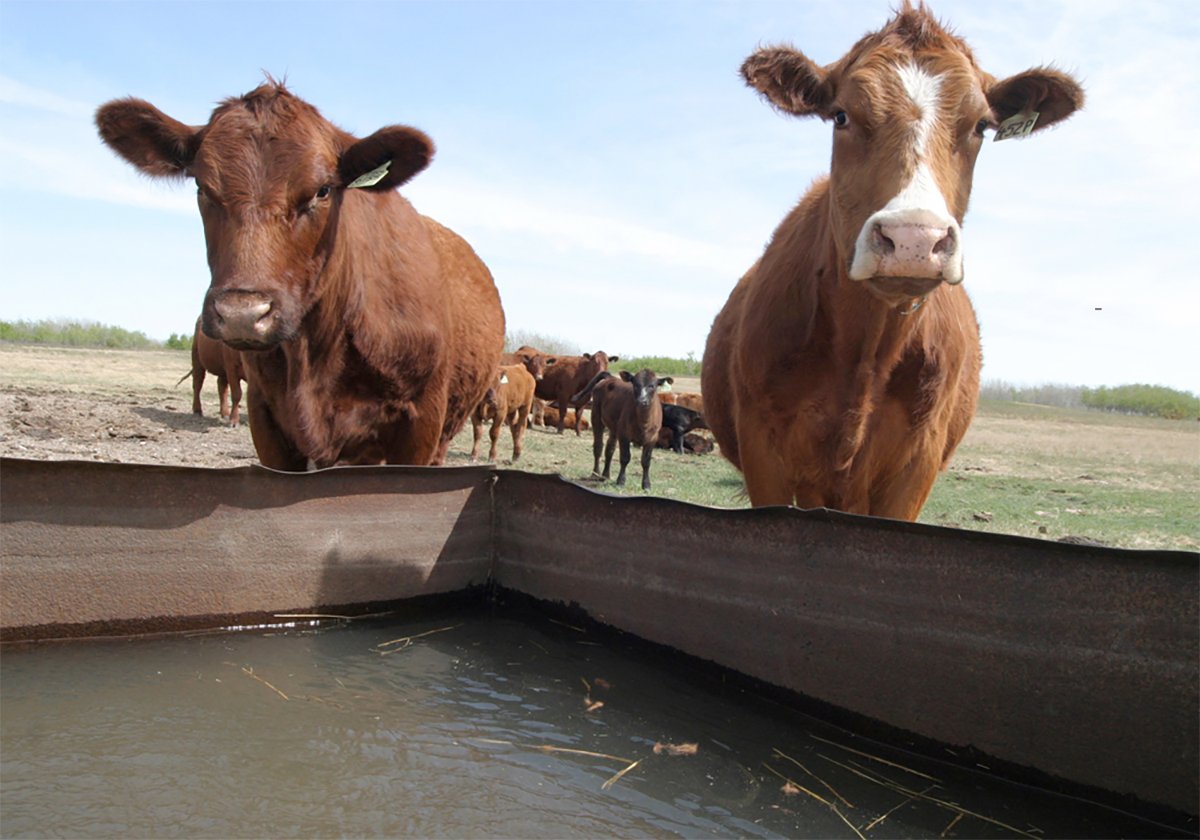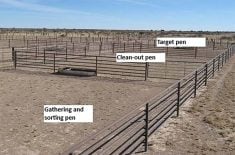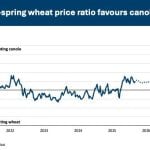Water quality is crucial when it comes to the health and wellness of your cattle, but it can change on a dime. That’s why monitoring your water quality is important.
Natasha Wilkie, a livestock and feed extension specialist with Saskatchewan Agriculture based out of Weyburn, recently attended the Ag in Motion farm show near Langham, Sask., to talk about what affects the quality of the water on your operation, such as sulfates.
Follow all our Ag in Motion coverage here
Read Also

Beef cattle more prone to trace mineral deficiencies
The trace mineral status of our cows and calves is a significant challenge for western Canadian producers and veterinarians.
She said sulfates can cause lower weight gains and death.
“Sulfates can come in all of those different sources, and there’s no colour, no smell,” she said.
“So you really don’t know about your water quality and what it’s like until … you have a wreck on your operation.”
Related story in this issue: Cattle water bowls hold insight into animal health, antimicrobial resistance
In the summer, watching your water quality is important because it is easy for it to get bad, fast. This happens because of evaporation in the summer, which concentrates the minerals present in the water, such as sulfates.
However, there are ways to monitor this.
FarmSimple is a company that sells systems that can be used to remotely monitor water systems.
It started working with the Saskatchewan government in the summer of 2024 on a project that focused on water quality and water availability.
At three different sites across the province, FarmSimple technology measured water levels, as well as the conductivity of the water. This allowed it to determine a rough estimate of total dissolved solids.
A high reading of total dissolved solids, around 3,000 parts per million, means the water quality has been reduced.
“If it exceeds that, the ministry recommends you get a lab test done because you can determine what’s in the water, and the majority of the time it’s unsafe for the cattle,” said Katlain Lang, founder of FarmSimple.
He said the product on which they conducted the research is still in development, but if any farmers are interested in trying it out, FarmSimple can get one out to them.
“We aren’t telling you exactly down to the part per million of what your water’s at, but what we’re doing is telling you is if it’s in this approximate range, and it looks bad, so you need to take action on it now,” he said.
There are steps producers can take if they have consistent problems with water on their operations.
For example, Wilkie’s summer student, Georgia Beck, highlighted reverse osmosis, which is a common practice in cities and towns. This is a good way to ensure producers are supplying clean water to their animals.
However, reverse osmosis strips a lot of good minerals from the water, and there is a lot of discharge water produced, so it requires a high quantity.
Nanofiltration is similar, but it will let more minerals through, which means there is less discharge water. However, it is not as easily accessible as reverse osmosis.
Other technologies, such as capacitive deionization and ion exchange, have no discharge water, but are still being researched. Another option is just blending contaminated water with sulfate-free water to dilute it.
“There’s a couple of different technologies that are out there,” Wilkie said.
“And they don’t have to be fancy either — can just be something that you do on your farm.”
















